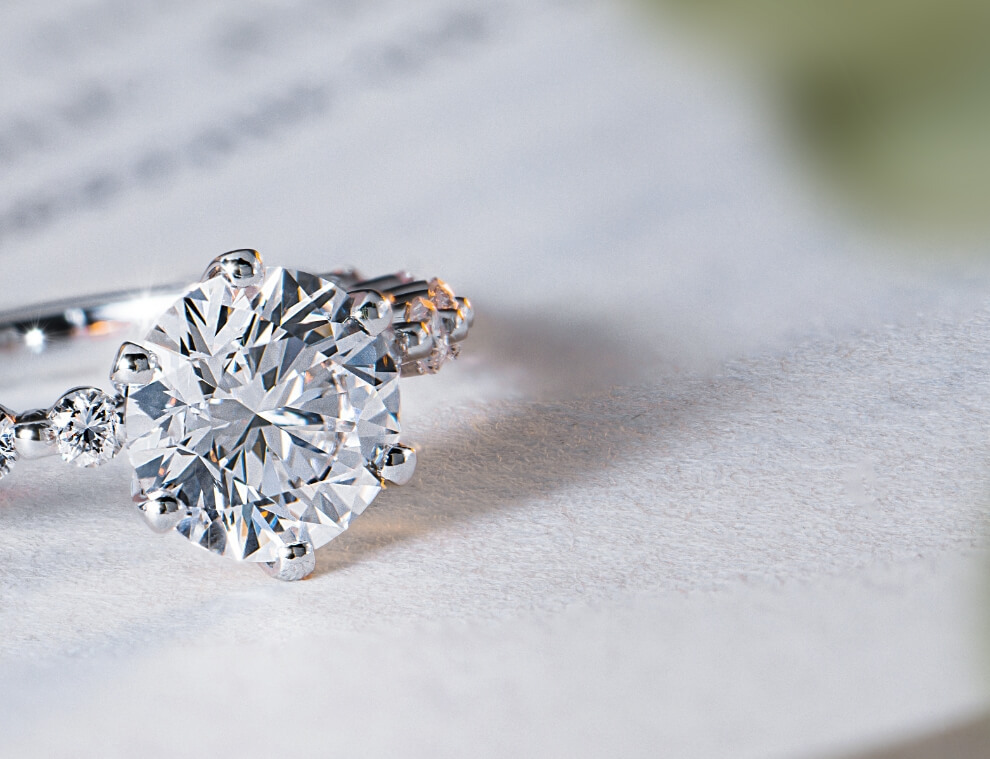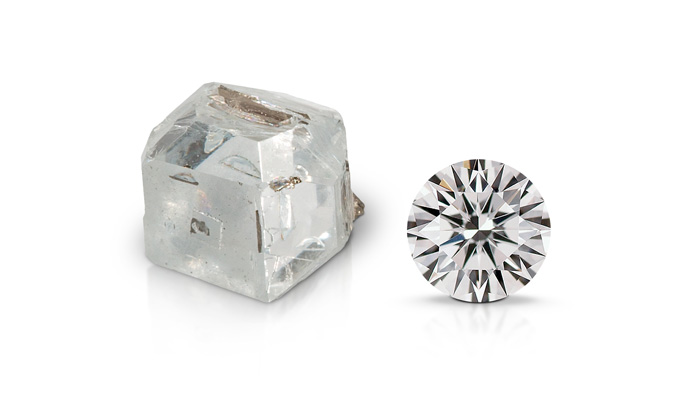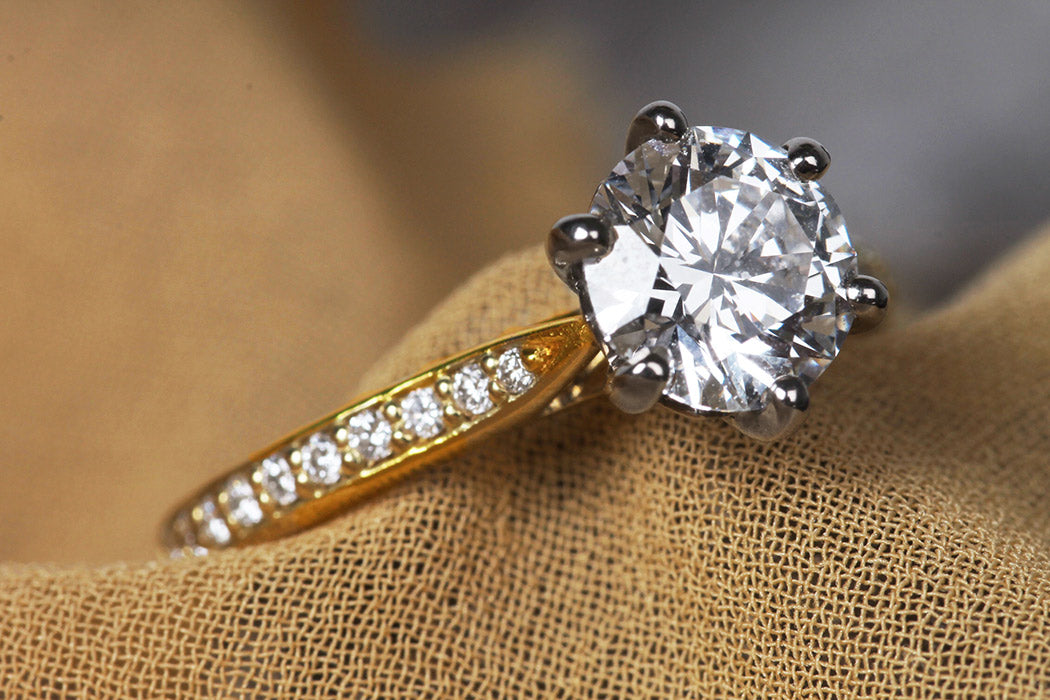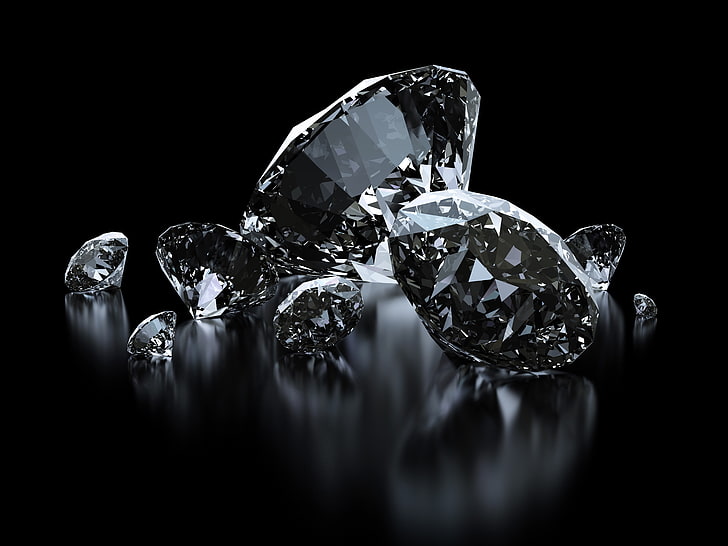Why Mined Diamonds Are Not Rare: The Case for Lab-Grown Diamonds

In the realm of gemstones, diamonds have for quite some time been praised for their magnificence and saw extraordinariness. However, this impression of extraordinariness isn’t quite as outright as it could appear. The coming of lab-grown diamonds has presented a change in perspective in how we figure out the worth and uncommonness of diamonds. This article investigates why mined diamonds are not rare normally accepted and how lab-grown diamonds are reclassifying the scene of this valuable gemstone.
The Fantasy of Diamond Extraordinariness
Diamonds have been showcased as rare and valuable for a really long time, yet this discernment is to a great extent a build of the diamond business. In all actuality, diamonds are not so rare as one would naturally suspect. The controlled stockpile and vital advertising by significant diamond organizations have created a counterfeit feeling of shortage.
Historical Setting of Diamond Advertising
The notion that diamonds are rare was carefully created by the De Lagers Gathering in the mid twentieth 100 years. By controlling the stockpile of diamonds and cornering the market, De Lagers effectively situated diamonds as an image of extravagance and restrictiveness. This showcasing technique was intended to keep up with excessive costs and control the public’s view of diamond extraordinariness.
Diamond Organic market Elements
The real availability of diamonds is far more prominent than the market recommends. The diamond mining industry extricates a large number of carats of diamonds yearly. However, because of the business’ act of stockpiling and managing diamond appropriation, the view of extraordinariness is propagated. This manipulation has permitted the business to keep up with excessive costs notwithstanding the wealth of diamonds.
The Rise of Lab-Grown Diamonds
Lab-grown diamonds, otherwise called engineered or man-made diamonds, are created utilizing progressed mechanical cycles that imitate the regular circumstances under which diamonds structure. These diamonds are synthetically and truly indistinguishable from mined diamonds however are created in a controlled climate.
Creation Strategies for Lab-Grown Diamonds
There are two essential techniques for making lab-grown diamonds: High Strain High Temperature (HPHT) and Substance Fume Affidavit (CVD).
HPHT: This technique mirrors the regular states of diamond arrangement by exposing carbon to incredibly high tension and temperature. The outcome is a diamond that is practically indistinct from regular diamonds.
CVD: This method includes the testimony of carbon atoms onto a substrate in a vacuum chamber. The carbon atoms attach to frame diamond gems, which can then be cut and cleaned very much like normal diamonds.
The Benefits of Lab-Grown Diamonds
Lab-grown diamonds offer a few benefits over mined diamonds:
Cost Effectiveness: Lab-grown diamonds are ordinarily more affordable than their mined partners. The shortfall of the expenses related with mining, transportation, and market manipulation permits lab-grown diamonds to be presented at a more open cost.
Moral and Ecological Contemplations: Mining diamonds can have huge natural and social effects, including living space annihilation and untrustworthy labor rehearses. Lab-grown diamonds, then again, are created with negligible natural effect and don’t include manipulative practices.
Quality and Immaculateness: Lab-grown diamonds can be delivered with less considerations and defects compared to regular diamonds. The controlled climate of lab-grown diamond creation takes into consideration the production of diamonds with extraordinary clearness and splendor.
Insight versus Reality: The Changing Scene
The developing prominence of lab-grown diamonds is testing customary impression of diamond extraordinariness and worth. As shoppers become more educated about the moral and natural advantages of lab-grown diamonds, their demand keeps on rising.
Influence on the Diamond Market
The ascent of lab-grown diamonds is impacting the customary diamond market in more ways than one:
Value Changes: As lab-grown diamonds gain portion of the overall industry, conventional diamond costs are being changed. The expanded availability of great lab-grown diamonds is coming down on the costs of mined diamonds.
Shopper Inclinations: Current customers are progressively esteeming moral and supportable choices. Lab-grown diamonds offer an appealing option in contrast to mined diamonds for the people who focus on these qualities.
The Eventual fate of Diamonds
The eventual fate of the diamond business is probably going to see a more noteworthy accentuation on lab-grown diamonds. As innovation advances and buyer awareness develops, lab diamonds are supposed to turn out to be more common on the lookout.
Conclusion
The view of mined diamonds as rare and valuable is a result of vital showcasing and market manipulation. In all actuality, diamonds are more bountiful than the business would have us accept. The coming of lab-grown diamonds is testing conventional notions of extraordinariness and worth, offering a more moral, maintainable, and savvy elective. As the diamond business develops, lab-grown diamonds are set to assume an undeniably critical part, reshaping how we might interpret this notable gemstone.









